Concept project
Bookella
Online Marketplace for Second-Hand Books
UX UI • Web • Mobile APP

Project Statement
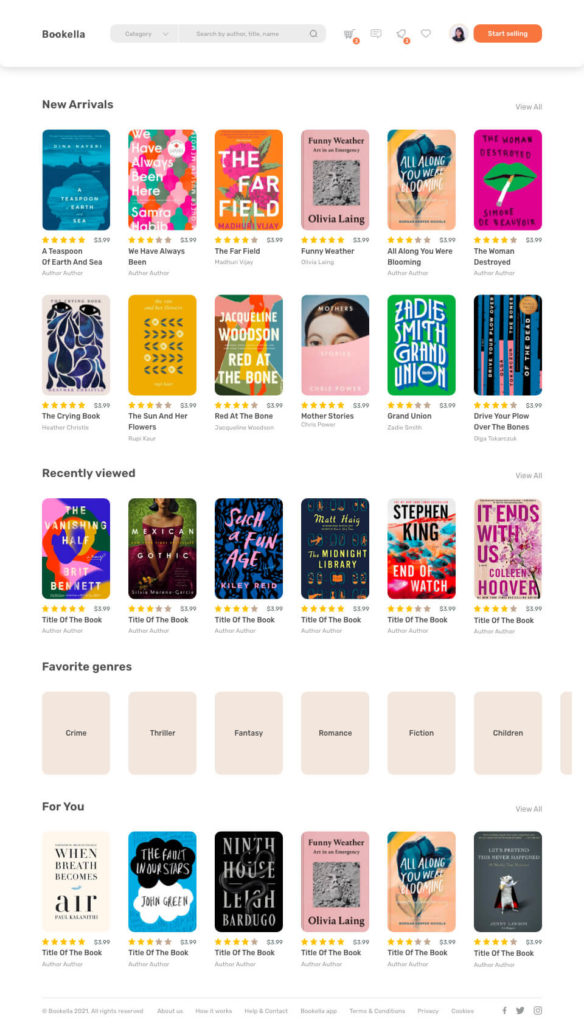
Scope
User research, user personas, user flow,
sketching & wireframing, visual design, prototyping, user testing.
Duration
The Problem
Books are an essential part of our lives. Sometimes we want to keep them as a reference, sometimes because we love them. But what should we do with those we no longer need?
Or what if we bought some in affection but they turned out to be completely out of our style and we never actually read them? Well, we could give them a second life.
My Solution
The Process

Target Audience
Competitive Analysis
To get a better understanding of the competitor landscape, I conducted analysis of the most popular tools on the market, and found that while some of the platforms focus on thexbooks mainly, other were overloaded with many different products in addition to books. I did not find a single platform that would connect individual users and allow them to exchange books and interact with each other.
Surveys & Interviews
With the goal of understanding which features the users would find most important, and what issues they are currently facing, I surveyed 10 of my friends. I wanted to understand what would they expect from such a platform? How much time they would be able to spend there? What features do they think are “must-have”? What are the features that would make them interact with the app more often?
Key Findings & Insights
- Intuitive and easy to use, only must-have features included
- Shipping costs included in the total price of the book (no hidden costs, no calculations, only one price)
- Personal approach – users avatars instead of just book covers
- They want to have the feeling that they interact with people, with a platform being only the medium
- They want to have a possibility to send a private message to quickly discuss the condition of the book, ask for a bulk transaction or propose a book exchange
The User
I thought creating user personas would help both formally define my user and better understand their expectations, motivations, and concerns.
As I continued the research, I found out the motivations were very similar among the users so I decided to develop only one persona.
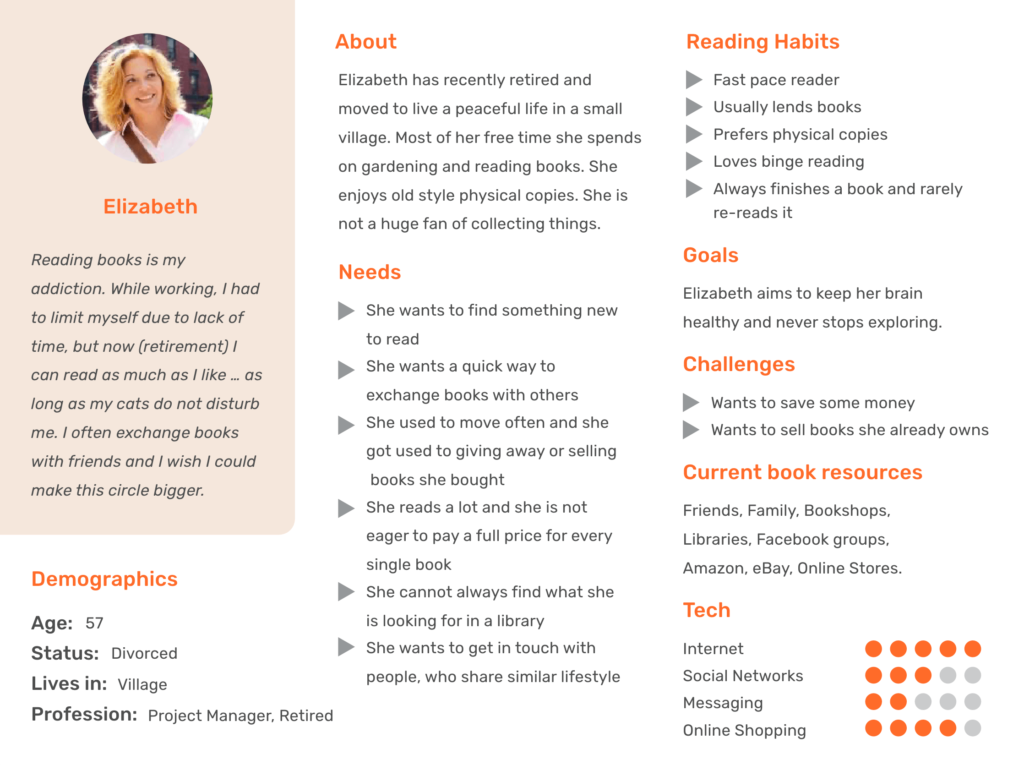
Core Features
Buy
Sell
Users will be able to sell books they no longer need
Interact with others
Users will be able to easily communicate with other
sellers & buyers
Site Map
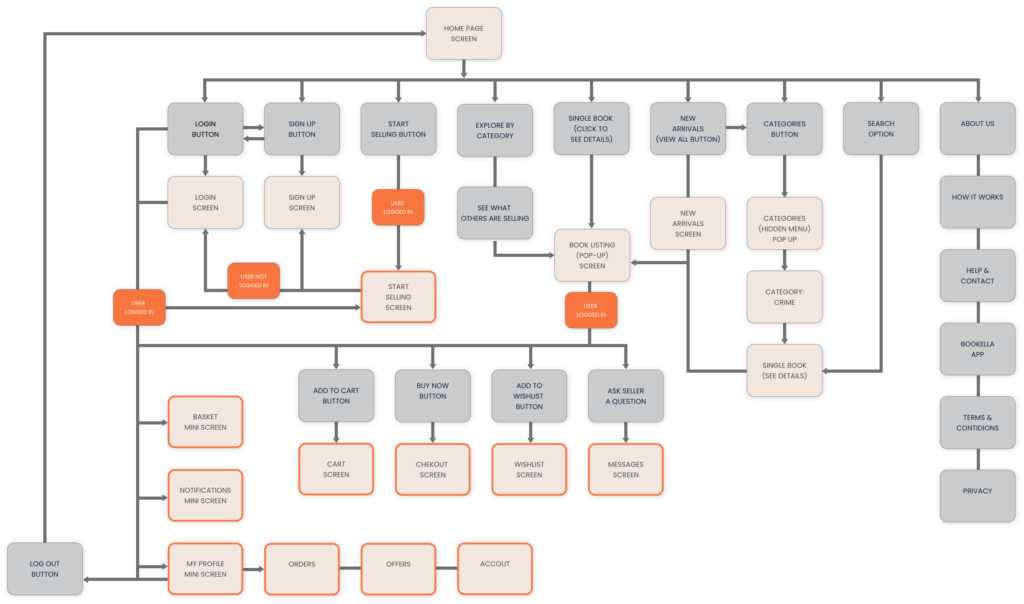
First Sketches
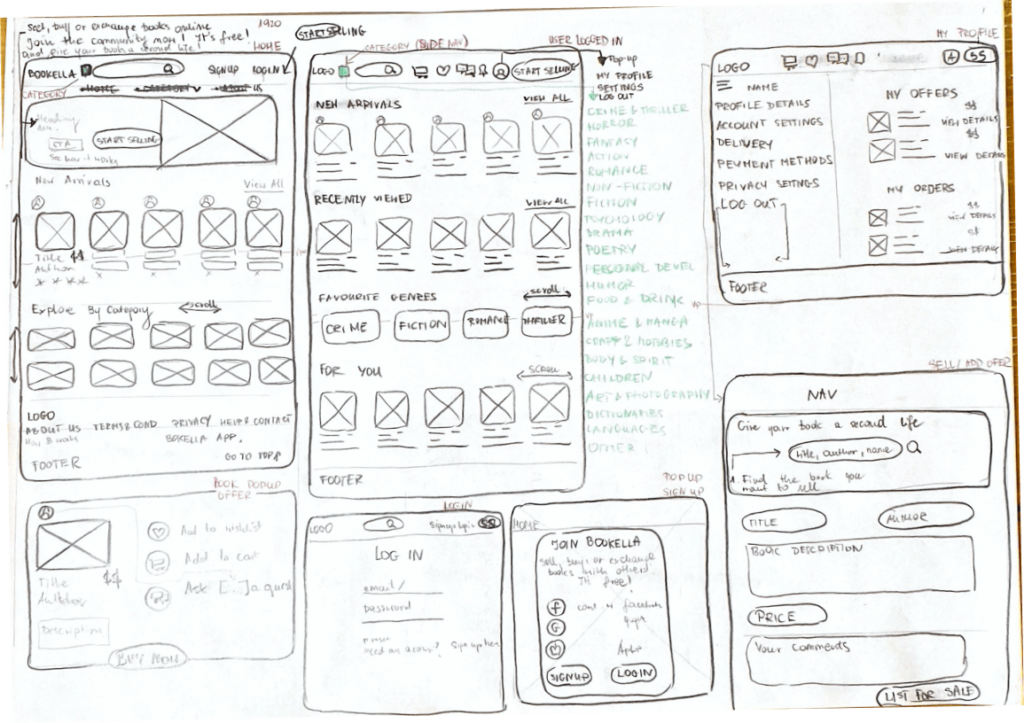
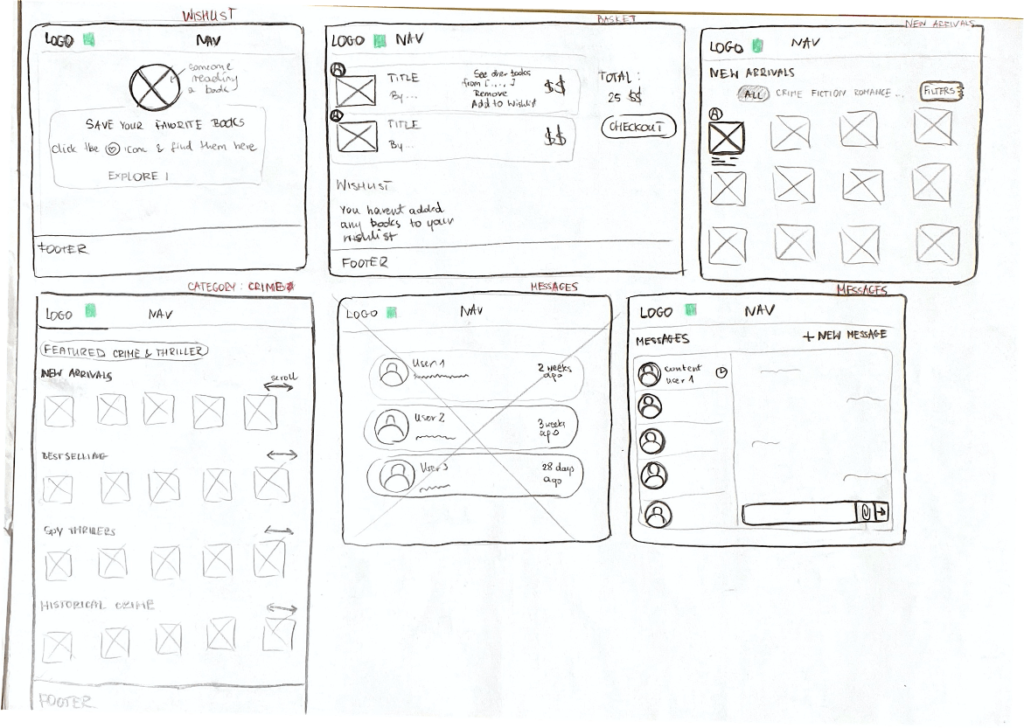
Some of the Mid Fidelity Wireframes
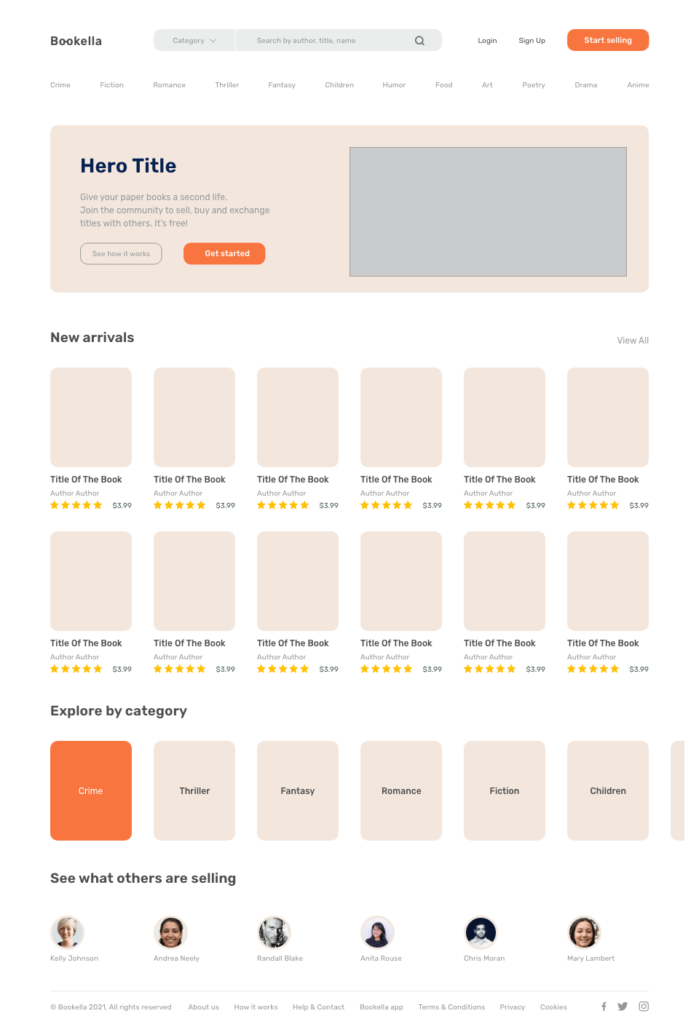

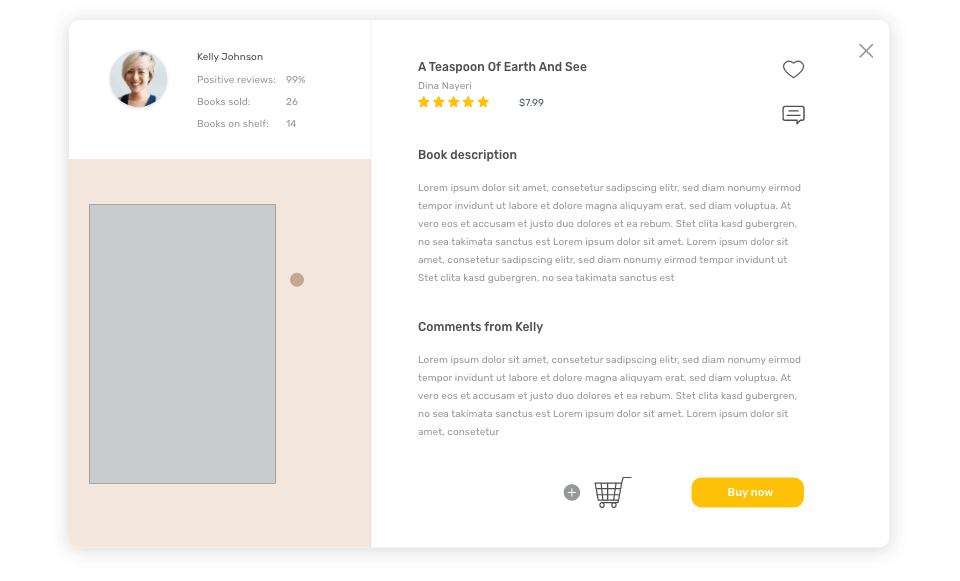
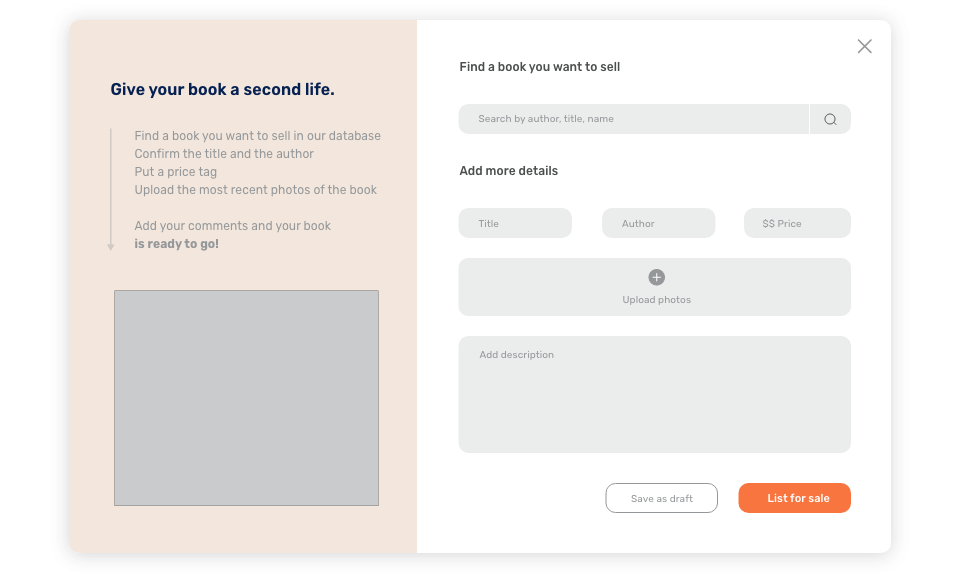
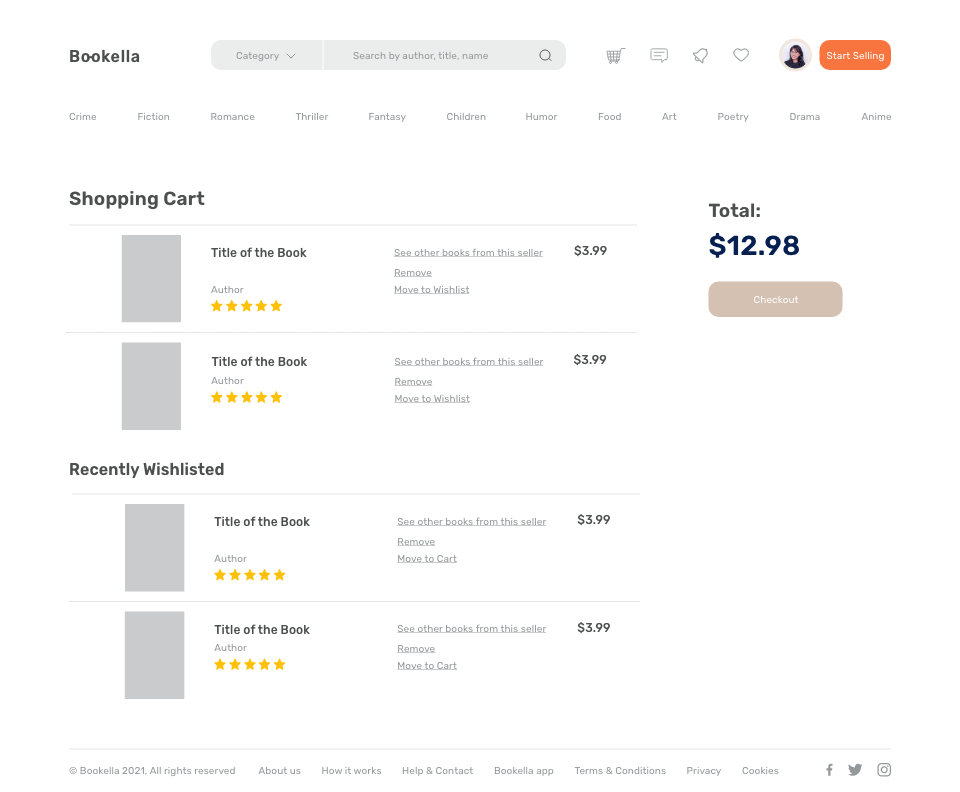
How it continued

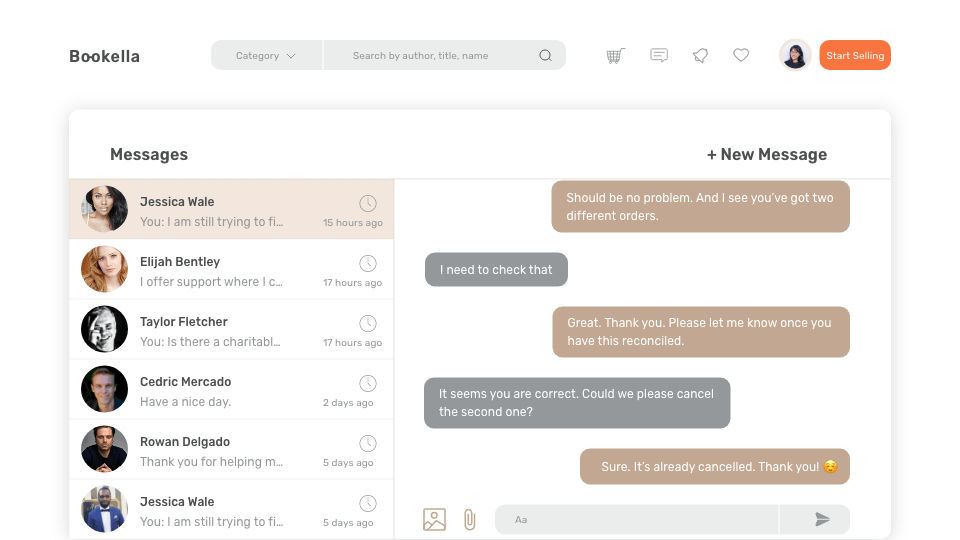
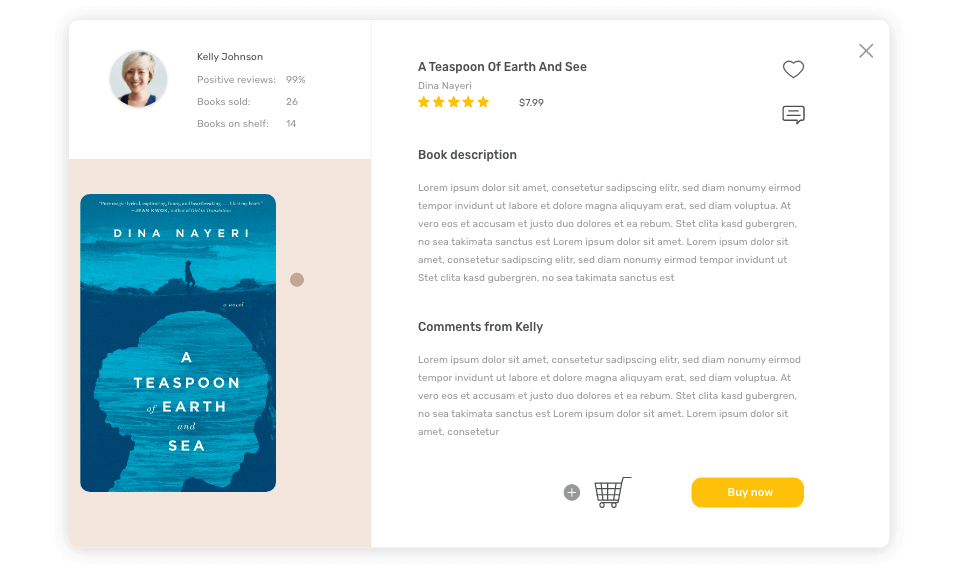
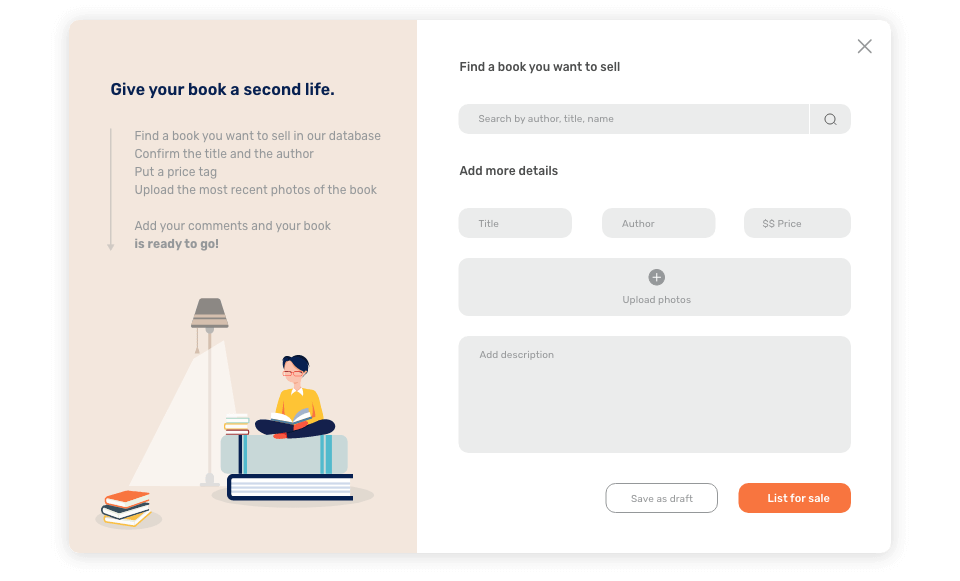
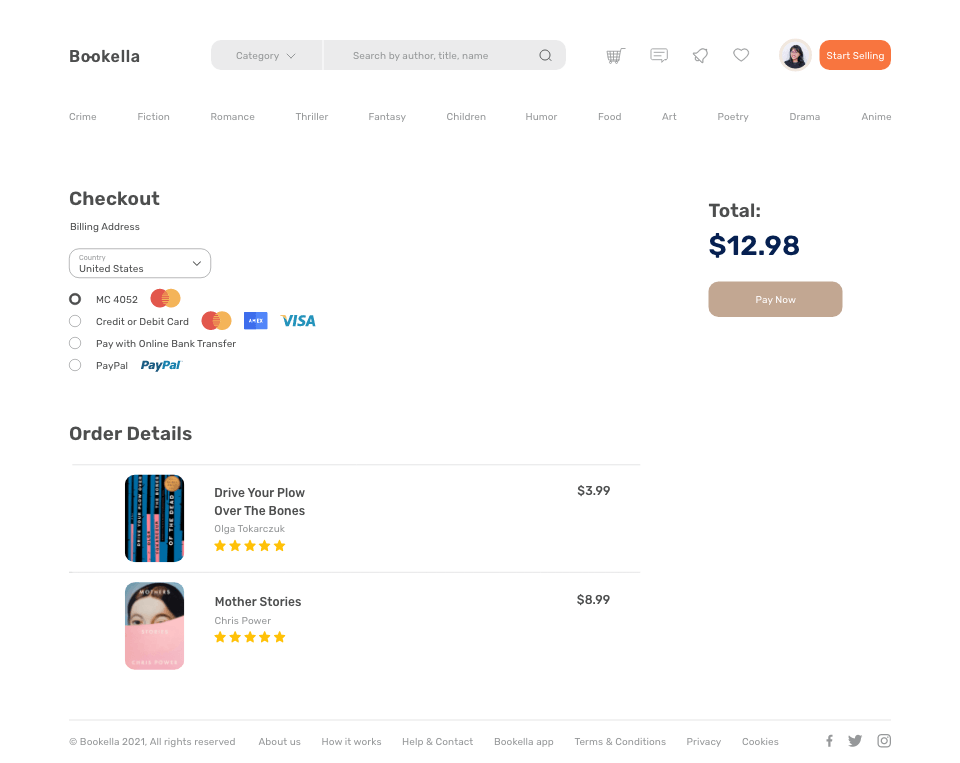
Usability Testing
At this point, I decided to ask users for some feedback. By conducting the task-based test, I was able to improve what they found useful, and completely change what they didn’t react well to. The users were asked to complete a few tasks that would test the main features of the platform and were asked how they felt about the platform in general. Below I listed some of the key findings.
Positive
- Users were able to complete the tasks quickly
- Users were able to quickly find what they needed
- Navigation proved easy for users to understand.
Negative
- Users were confused with the category menu bar
- Users found the checkout button to be not well visible
- Users were not satisfied with the book listing screen
- Users were not satisfied with the colors of the chat screen
How it ended - High Fidelity Wireframes
Based on the feedback received I made some design changes. Here are some highlights:
- I completely refined the Book Listing page. I gave it more room to breathe and made it easier to read.
- I changed the color of the “Get started” button to orange so it encourages users to take action
- I added a few explanatory icons to the Book Listing page to bring an atmosphere of safety and trust
- On the Start Selling page, I decided to add more input fields to allow the user to add more information about the book they are selling
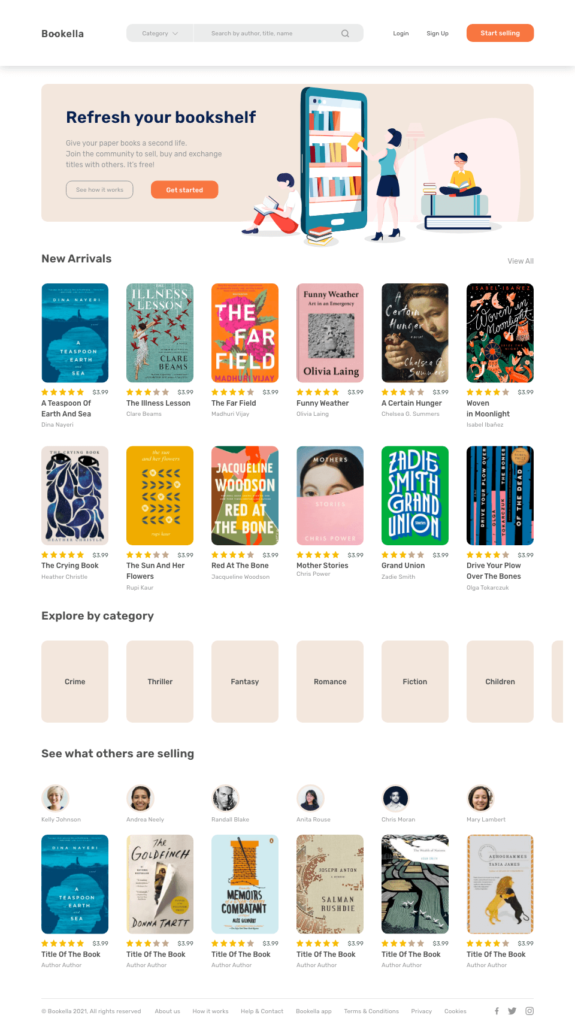

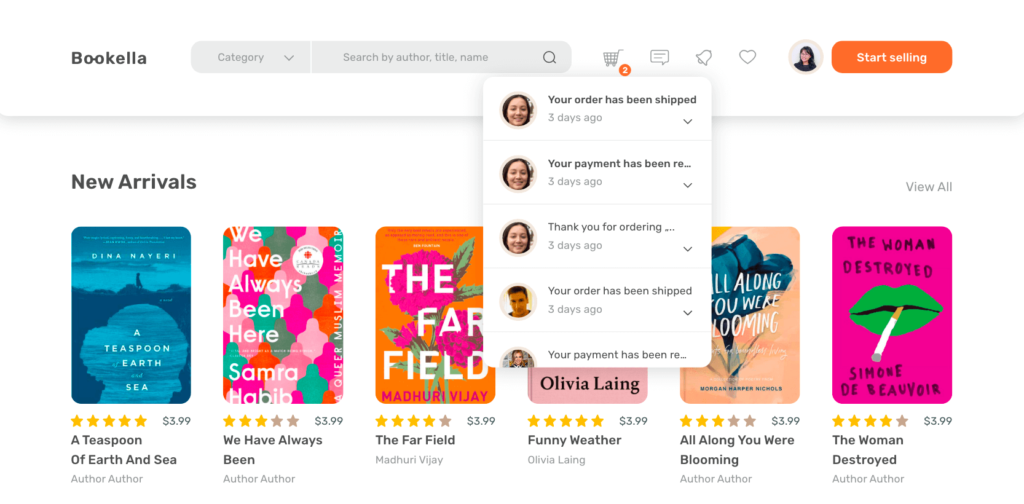
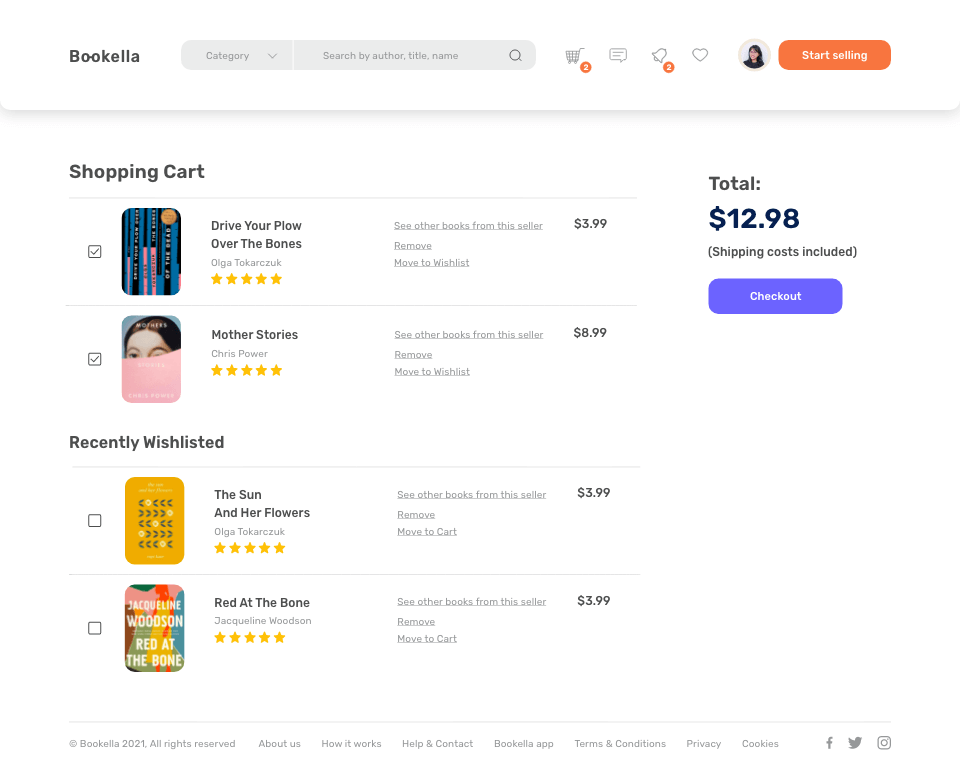
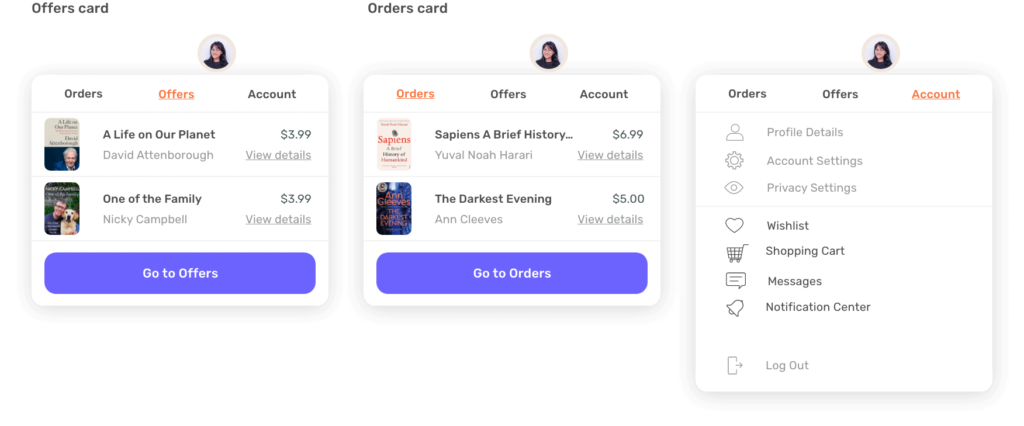
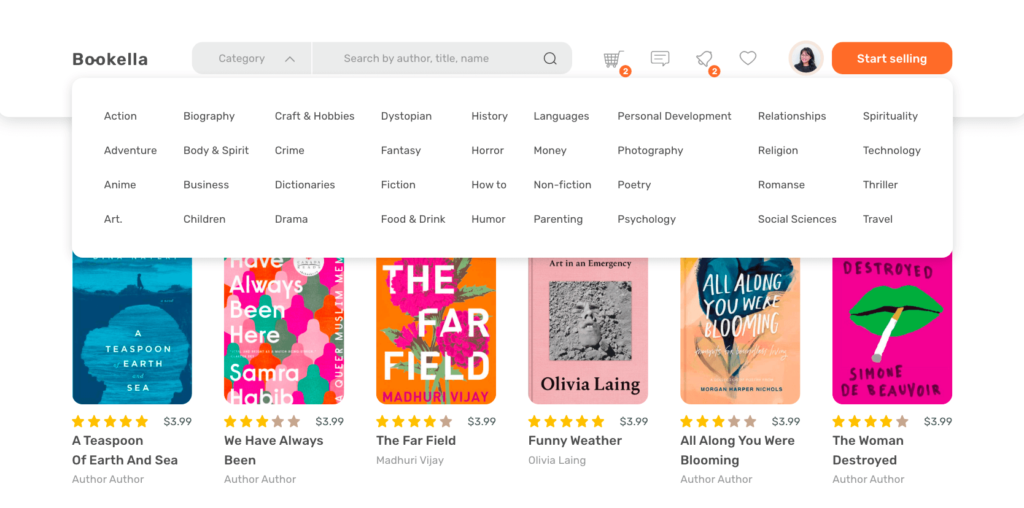

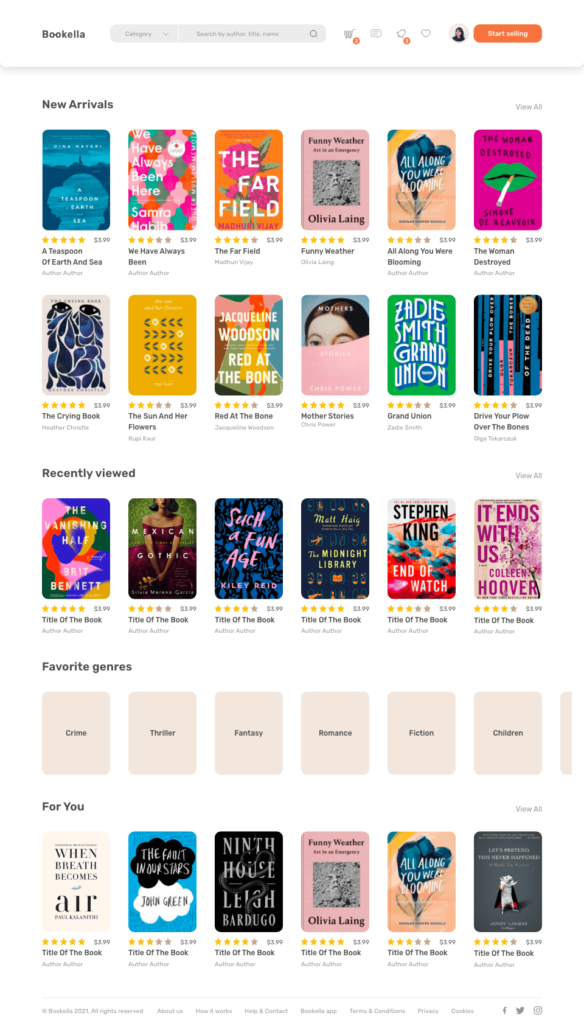
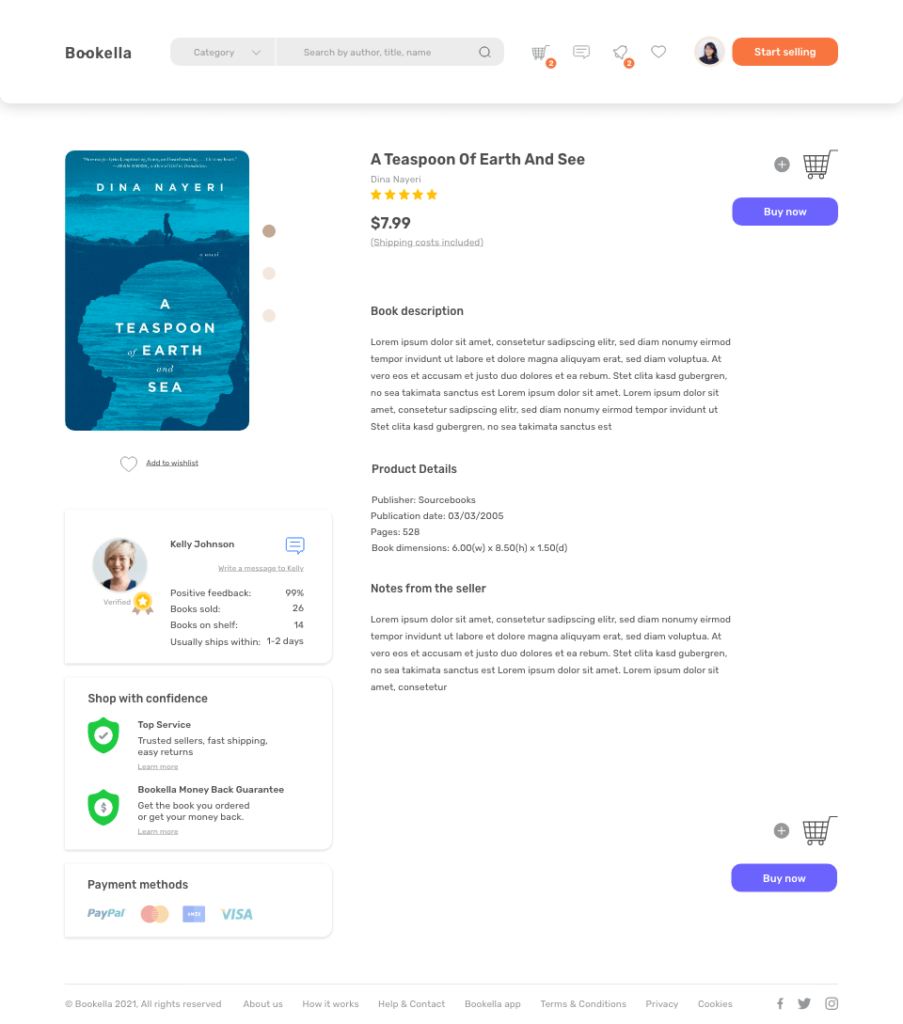
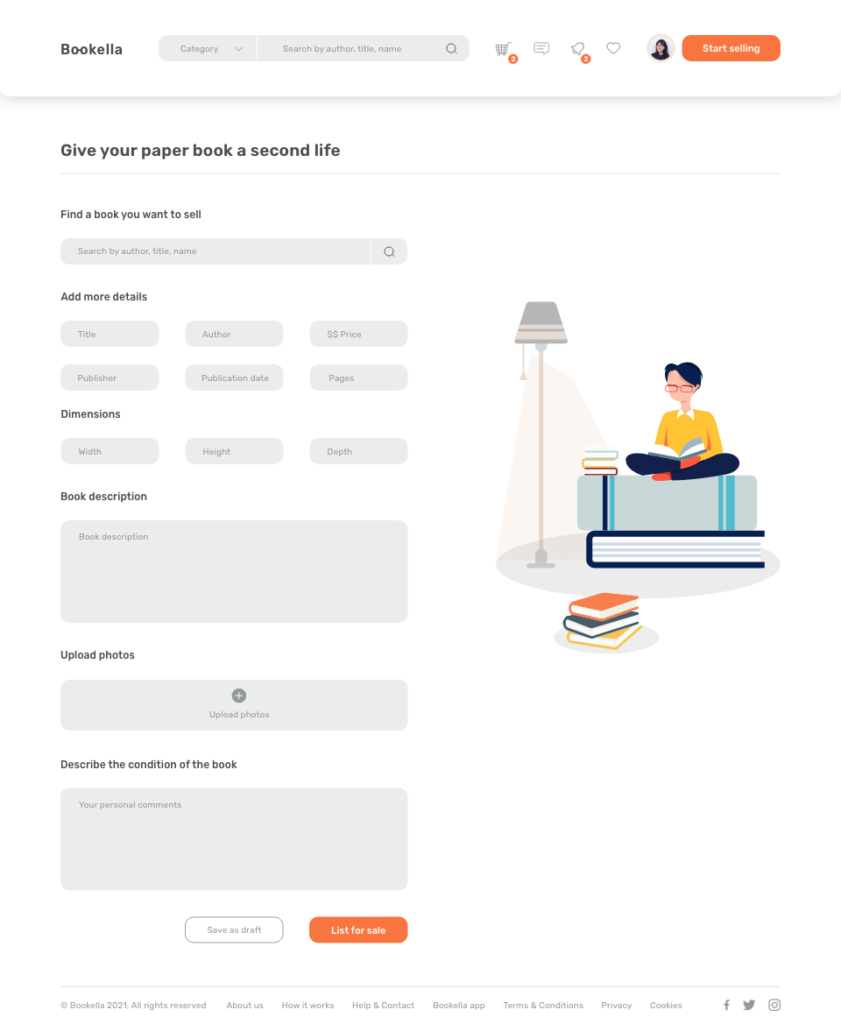


Design System Language
Bookella uses orange as the primary color in order to make users feel happy and uplifted. As an energetic color, it encourages them to take action and start collaborating with other users by selling and sharing.
The usage of purple and orange aims to set the difference between obtaining a book and listing one for sale. The color selection supports readability, helps with navigation and creates a cohesive and aesthetic user experience.
Colors

Typography
Bookella uses only one typeface to give the interface a minimalistic and harmonious look.
Designed to enhance usability, readability, accessibility, and hierarchy within the app.
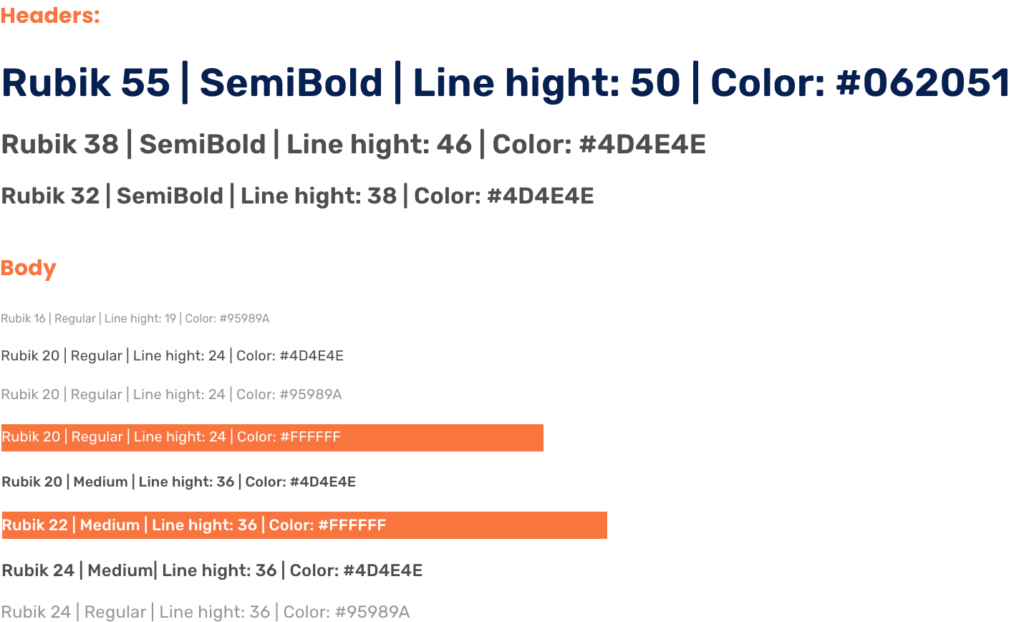
Iconography
Bookella uses icons that are familiar to users with the aim to assist. Unfamiliar icons are applied to catch the eye or highlight the message. They were paired with labels to avoid confusion.
UI Elements
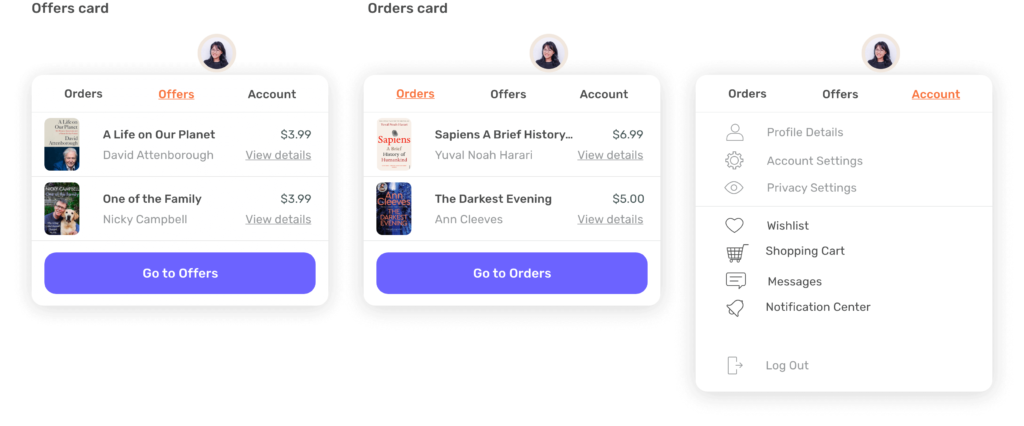
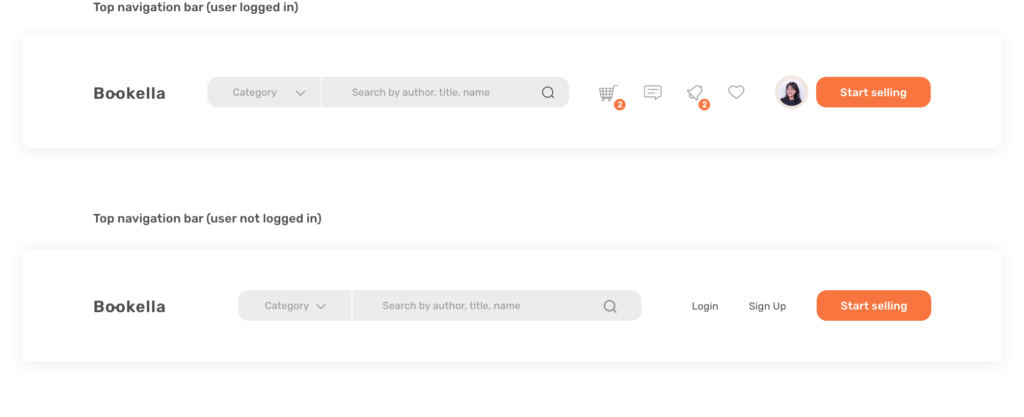
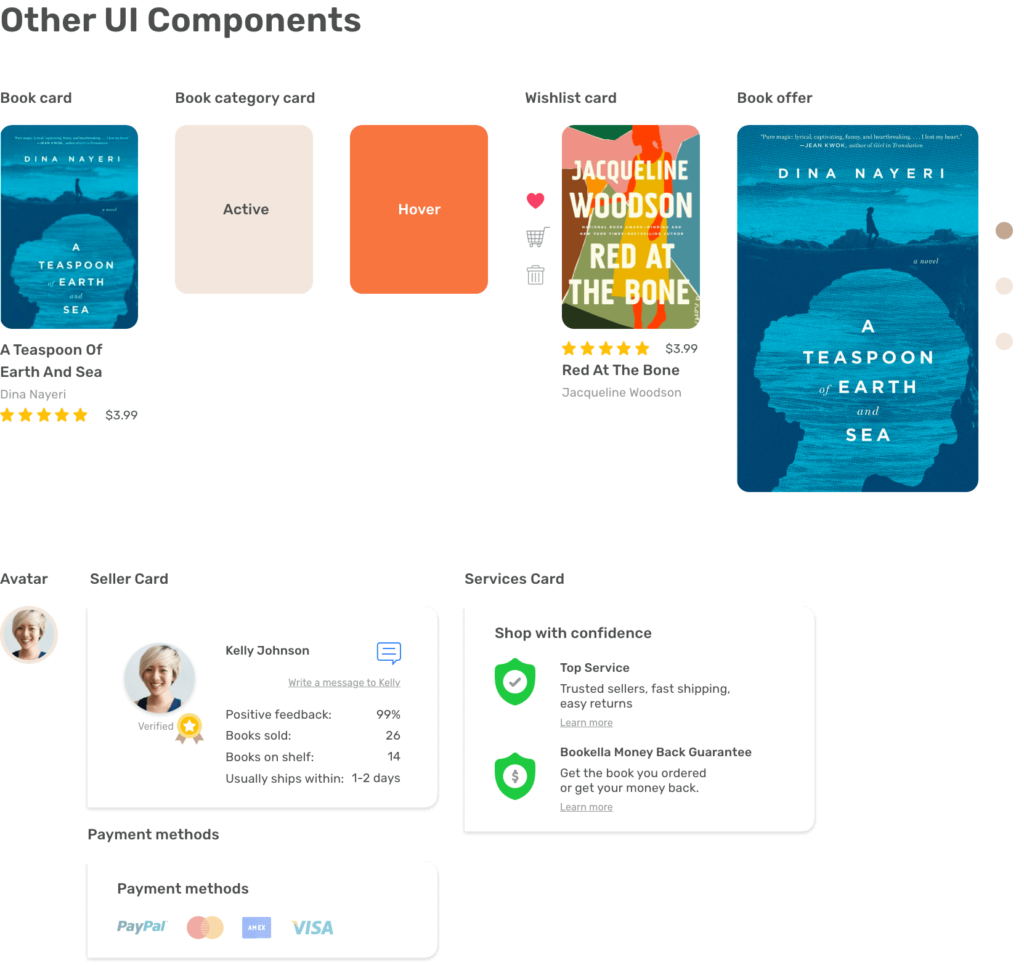
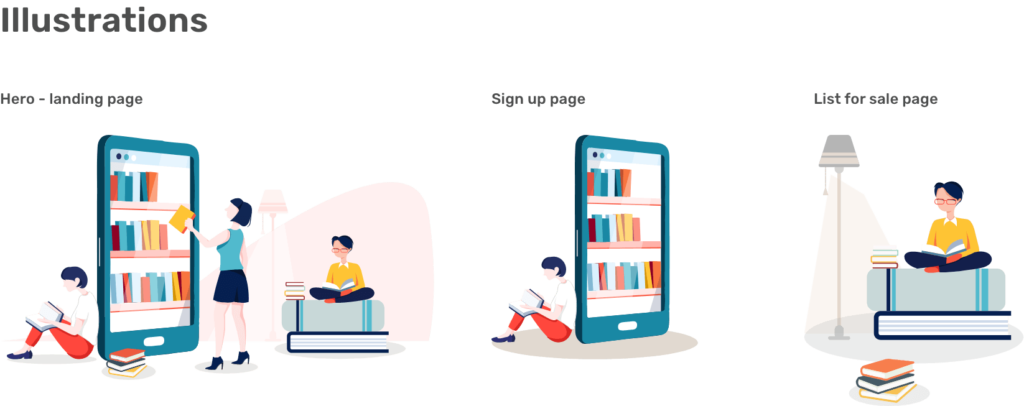
Mobile App
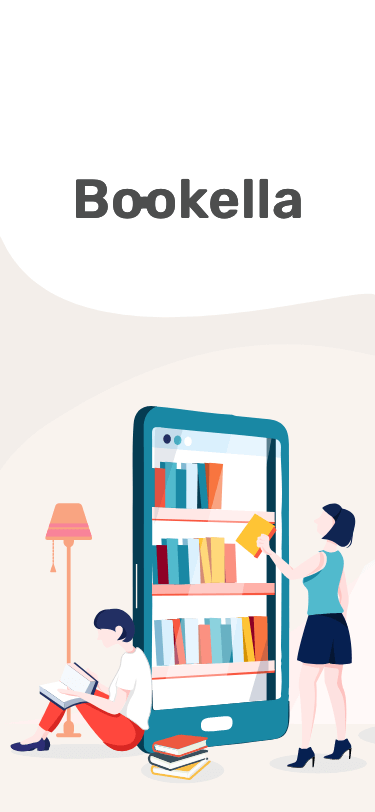
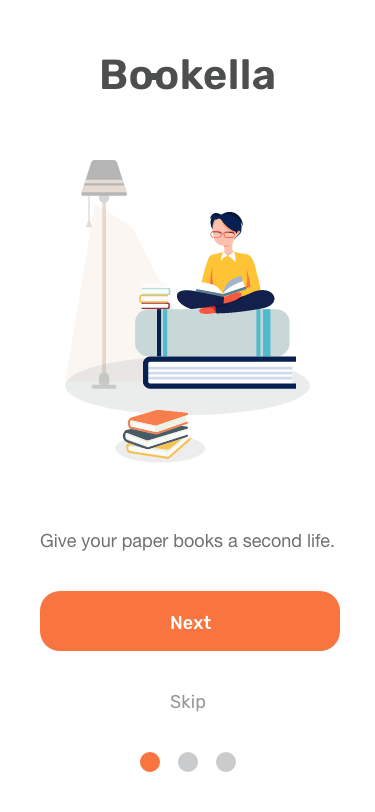

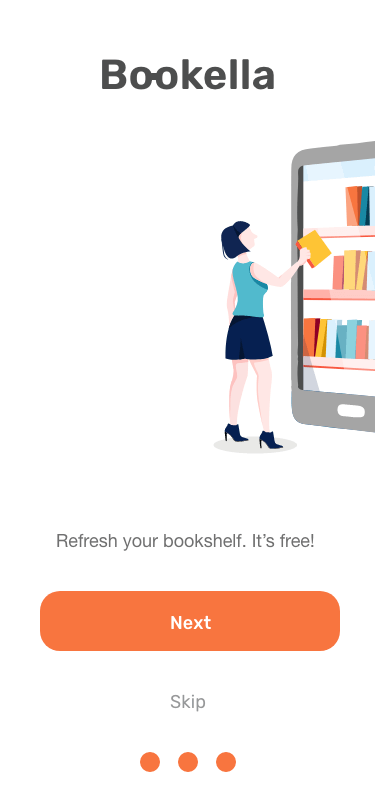
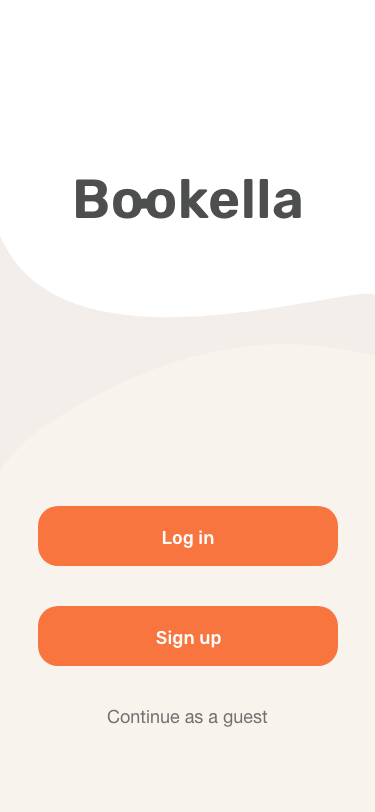
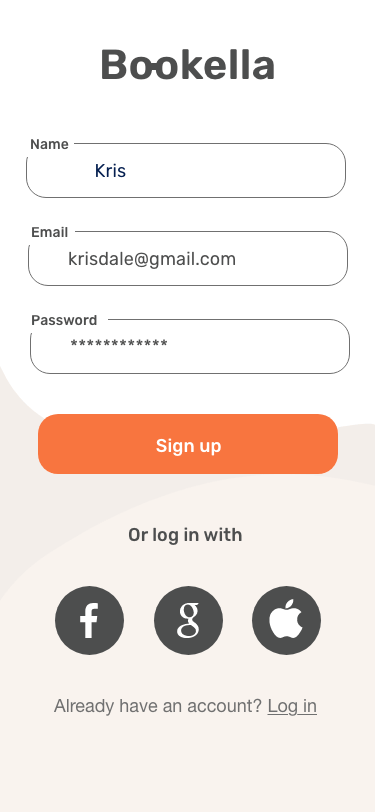
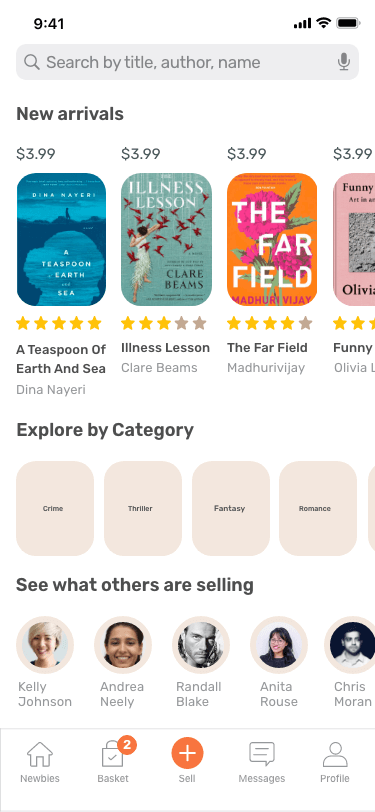

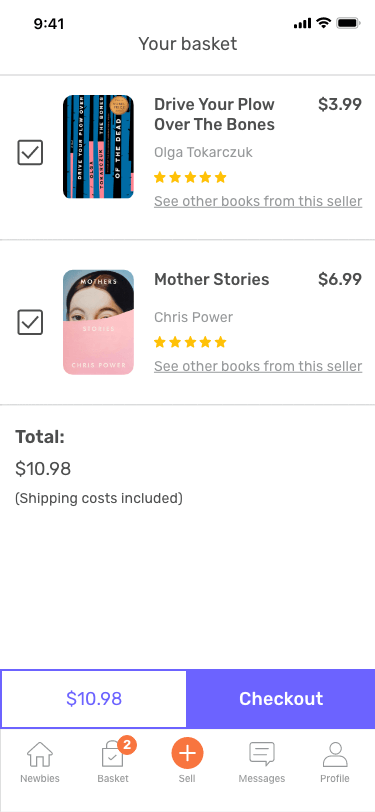
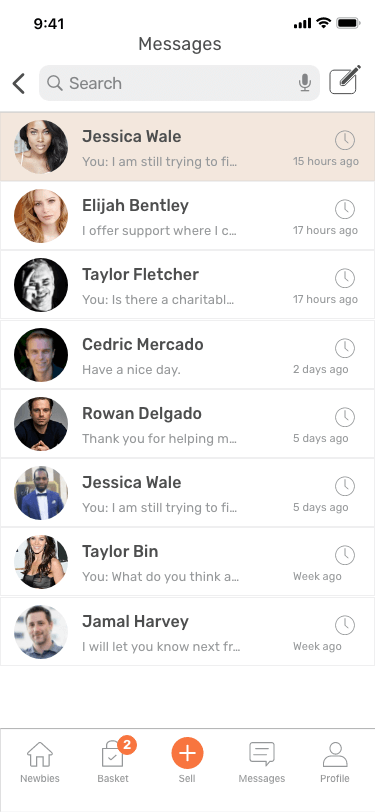
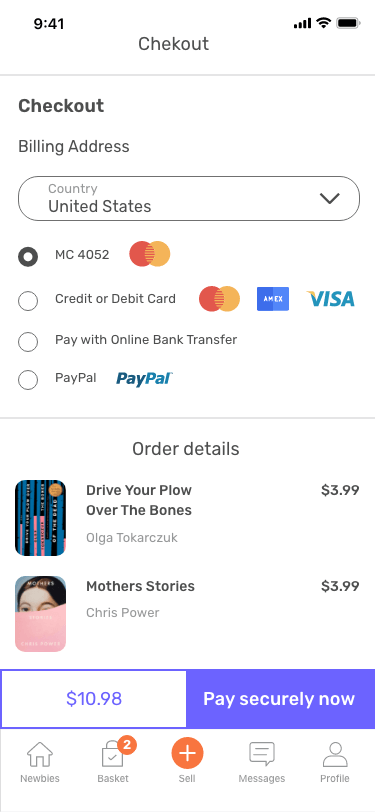


Final Product
After many tests and iterations, my final product aligned with all of the objectives I had set in place – it includes the three core features necessary for users to share and obtain books, while appearing visually appealing and simple to use.
Click here to view the final prototype.
Challenges / What can be improved?
My biggest challenge was to decide on the size of elements as well as the font. And instead of looking for inspiration from fellow developers, I could have educated myself better on UI guidelines and refer to apple and google design materials.
The only tool I used for this project was Adobe XD. While I was able to complete my full design within XD, it is useful to have a working knowledge of all of the standard tools in the industry and I plan to expand upon the programs that I use.
Let's work together
Want to discuss a project, collaborate or say hello?
Drop me a line, I’d love to hear from you! : )